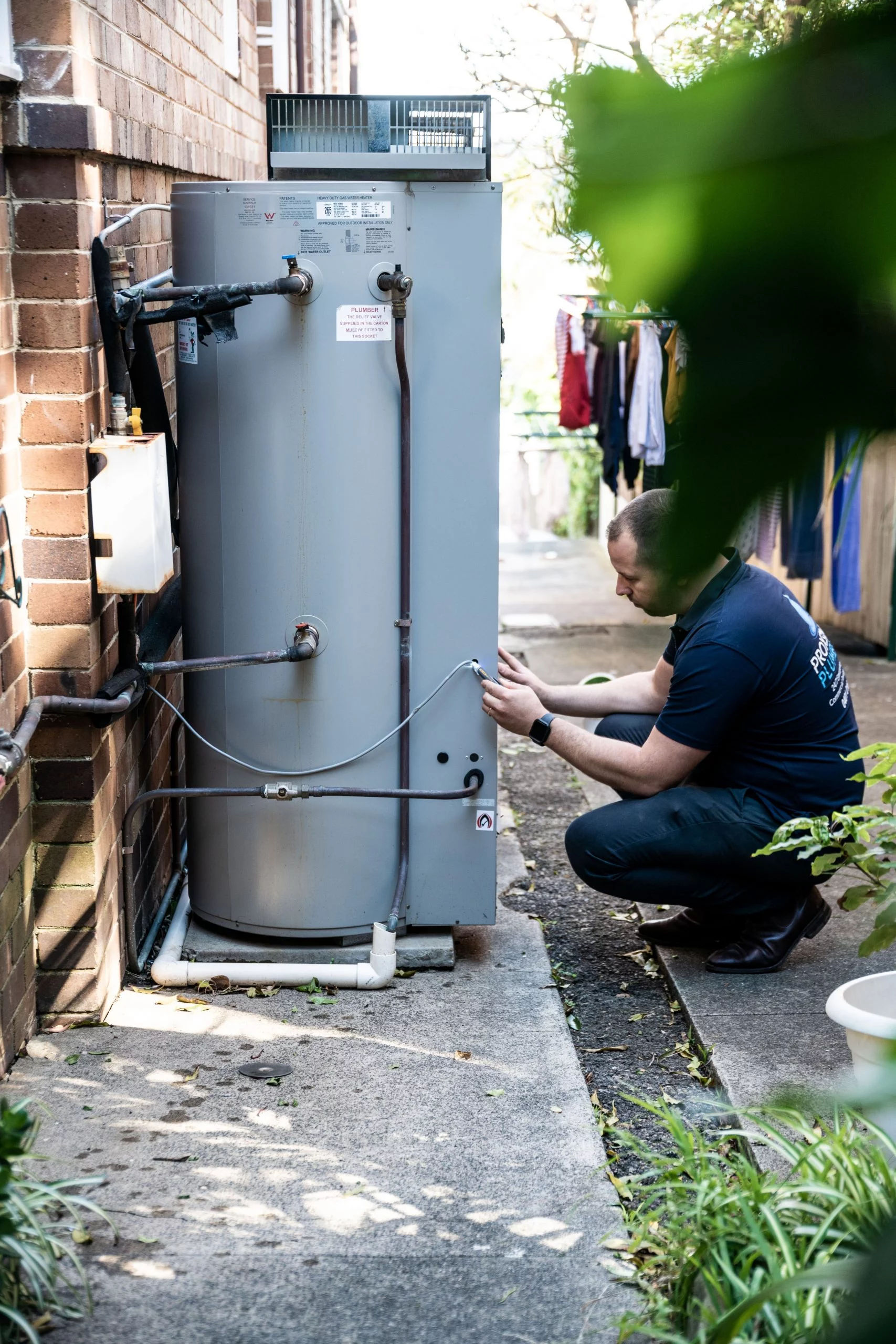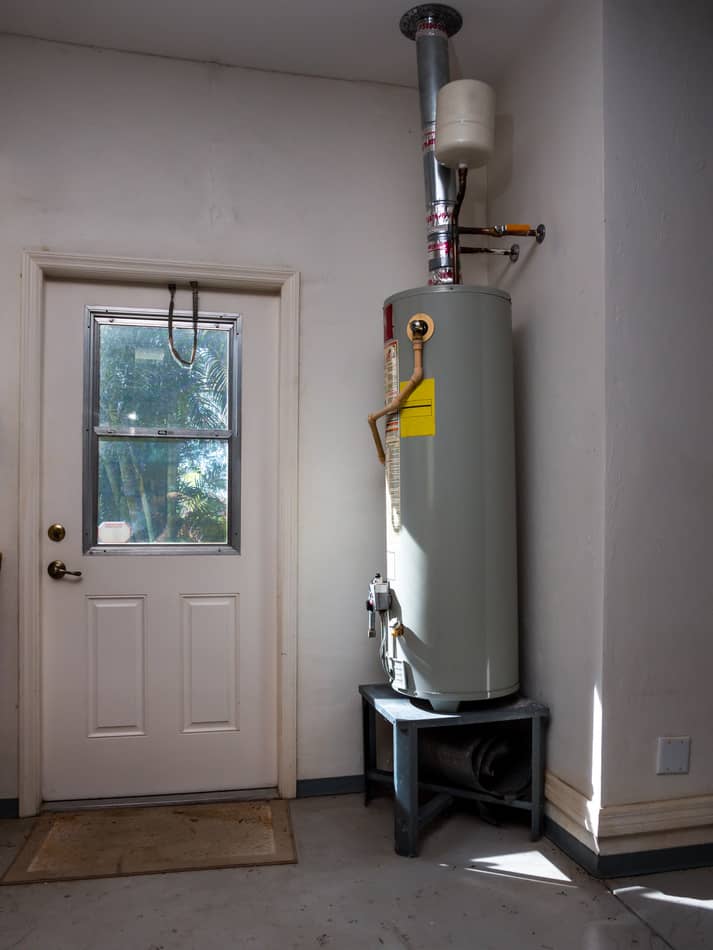Making Sure Durability of Your Home's Hot Water System: Care AdviceWhat to Maintain Your Home's Hot Water System Properly
Making Sure Durability of Your Home's Hot Water System: Care AdviceWhat to Maintain Your Home's Hot Water System Properly
Blog Article
The author is making a number of great pointers related to How to Maintain a Hot Water Heater in a Few Simple Steps as a whole in the article following next.

Hot water is necessary for daily comfort, whether it's for a rejuvenating shower or washing recipes. To guarantee your hot water system runs effectively and lasts much longer, regular upkeep is vital. This short article supplies practical suggestions and insights on exactly how to keep your home's hot water system to prevent disturbances and costly repair work.
Intro
Keeping your home's hot water system may appear complicated, yet with a few easy steps, you can guarantee it operates smoothly for many years ahead. This guide covers whatever from comprehending your warm water system to do it yourself maintenance suggestions and understanding when to call professional assistance.
Significance of Preserving Your Warm Water System
Normal upkeep not only extends the life expectancy of your warm water system yet additionally guarantees it operates efficiently. Overlooking maintenance can cause reduced effectiveness, greater power costs, and also early failure of the system.
Signs Your Warm Water System Demands Maintenance
Knowing when your hot water system needs attention can prevent significant concerns. Keep an eye out for indicators such as irregular water temperature level, odd noises from the heating unit, or rustic water.
Comprehending Your Hot Water System
Before diving into maintenance tasks, it's handy to recognize the standard parts of your warm water system. Commonly, this consists of the hot water heater itself, pipelines, anode poles, and temperature level controls.
Regular Monthly Maintenance Tasks
Routine monthly checks can help catch small concerns prior to they rise.
Purging the Water Heater
Flushing your water heater removes sediment build-up, enhancing effectiveness and prolonging its life.
Monitoring and Changing Anode Rods
Anode poles avoid corrosion inside the tank. Inspecting and changing them when worn is essential.
Inspecting and Readjusting Temperature Level Settings
Adjusting the temperature level setups guarantees optimal performance and safety and security.
Do It Yourself Tips for Maintenance
You can perform numerous maintenance tasks on your own to keep your hot water system in leading problem.
Checking for Leaks
Consistently check pipes and links for leaks, as these can lead to water damages and greater costs.
Evaluating Stress Relief Valves
Examining the stress relief valve guarantees it works correctly and protects against excessive stress accumulation.
Insulating Pipelines
Insulating warm water pipes reduces heat loss and can conserve energy.
When to Call a Specialist
While DIY upkeep is helpful, some issues call for expert proficiency.
Complicated Issues Needing Professional Assistance
Examples consist of major leakages, electrical issues, or if your water heater is constantly underperforming.
Regular Expert Upkeep Advantages
Specialist maintenance can consist of comprehensive examinations, tune-ups, and guaranteeing conformity with safety criteria.
Conclusion
Routine upkeep of your home's hot water system is crucial for efficiency, long life, and cost savings. By adhering to these tips and understanding when to look for professional assistance, you can ensure a reputable supply of warm water without unexpected interruptions.
How to Maintain an Instant Hot Water Heater
Before tinkering with your hot water heater, make sure that it’s not powered on. You also have to turn off the main circuit breaker and shut off the main gas line to prevent accidents. Also turn off the water valves connected to your unit to prevent water from flowing into and out of the appliance. 2. When you’re done, you have to detach the purge valves’ caps. These look like the letter “T” and are situated on either side of the water valves. Doing so will release any pressure that has accumulated inside the valves while at the same time avoid hot water from shooting out and burning your skin. 3. When the purge valves’ caps are removed, you have to connect your hosing lines to the valves. Your unit should have come with three hoses but if it didn’t, you can purchase these things from any hardware or home repair shops. You can also get them from retail stores that sell water heating systems. Read the user’s manual and follow it to complete this task properly. When the hosing lines are connected, open the purge port’s valves. 4. You should never use harsh chemical cleaners or solutions when cleaning your unit. Make use of white vinegar instead. It should be undiluted and you’ll probably use about 2 gallons. 5. Now flush your water heater. This task should probably take about 40 minutes. We can’t give you specific directions for this because the procedure is carried out depending on the type, model and brand of your heater. With that being said, refer to the user’s manual. 6. When you’re done draining the unit, you have to turn off the purge port valves again. Remove the hosing lines that you earlier installed on each of the water valves. Put the valve caps (purge port) back in their respective places and be very careful so as not to damage the rubber discs that are found inside these caps. 7. Now that everything’s back in place, check your user’s manual again to find out how to reactivate your water heating system. 8. Once it is working, turn one of your hot water faucets on just to let air pass through the heater’s water supply pipes. Leave the tap on until water flows smoothly out of it. https://www.orrplumbing.com/blog/2014/september/how-to-maintain-an-instant-hot-water-heater/

We were shown that editorial on Tips For Maintaining Your Hot Water Heater from a friend on another website. Kindly pause to promote this page if you appreciated it. Thanks so much for your time invested reading it.
Call Today Report this page